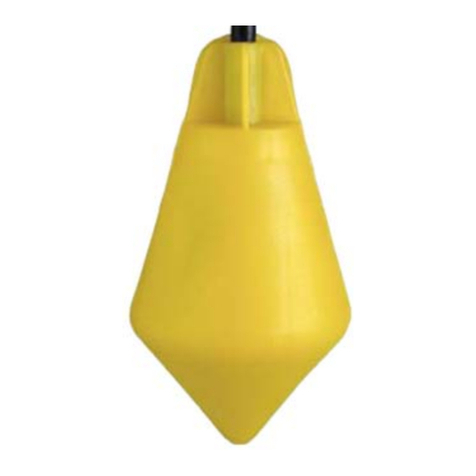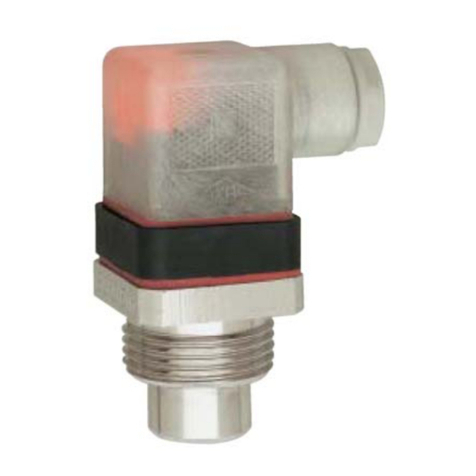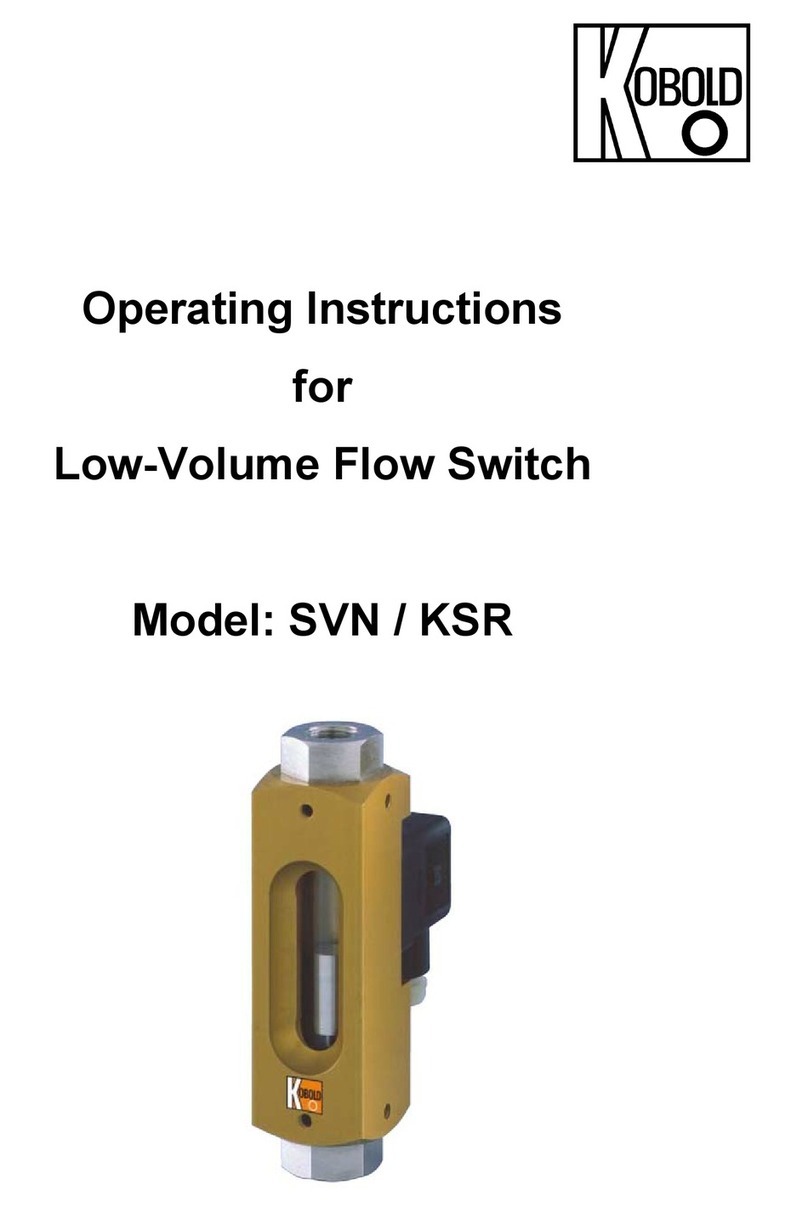Kobold NVI User manual
Other Kobold Switch manuals

Kobold
Kobold NE-104 User manual

Kobold
Kobold TDD-153 series User manual

Kobold
Kobold NV User manual

Kobold
Kobold NBK-RA User manual

Kobold
Kobold NCG NCM Series User manual

Kobold
Kobold PPS-1201 User manual
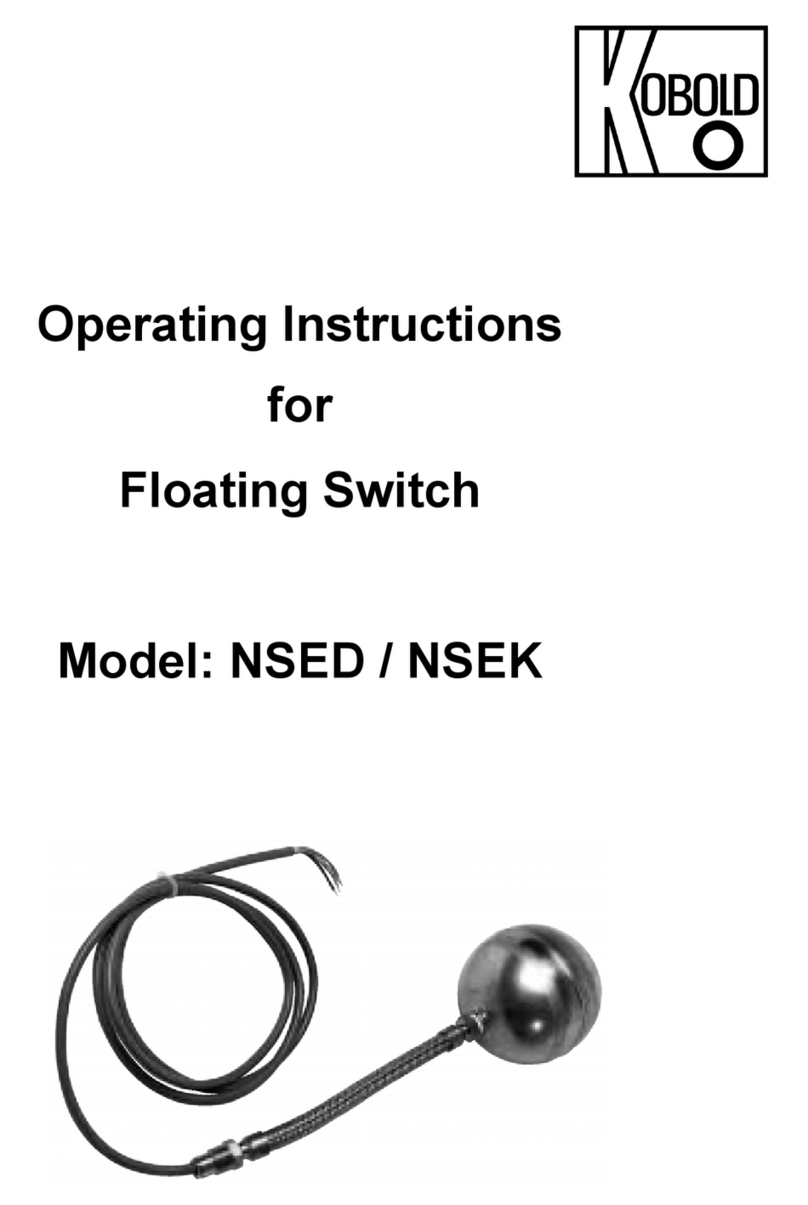
Kobold
Kobold NSED User manual
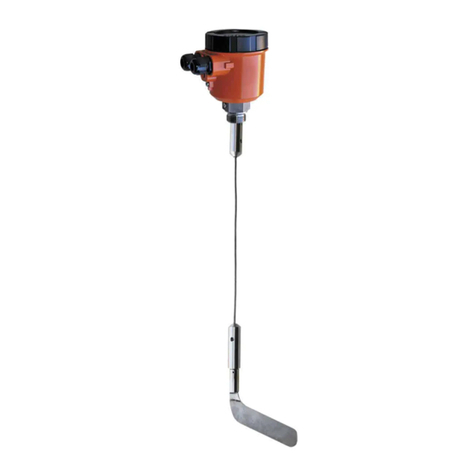
Kobold
Kobold NIR-9 User manual
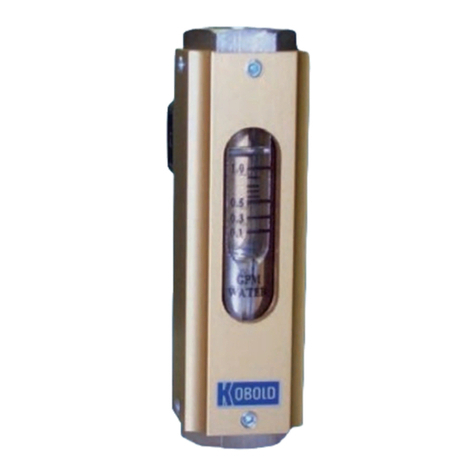
Kobold
Kobold BVO Series User manual
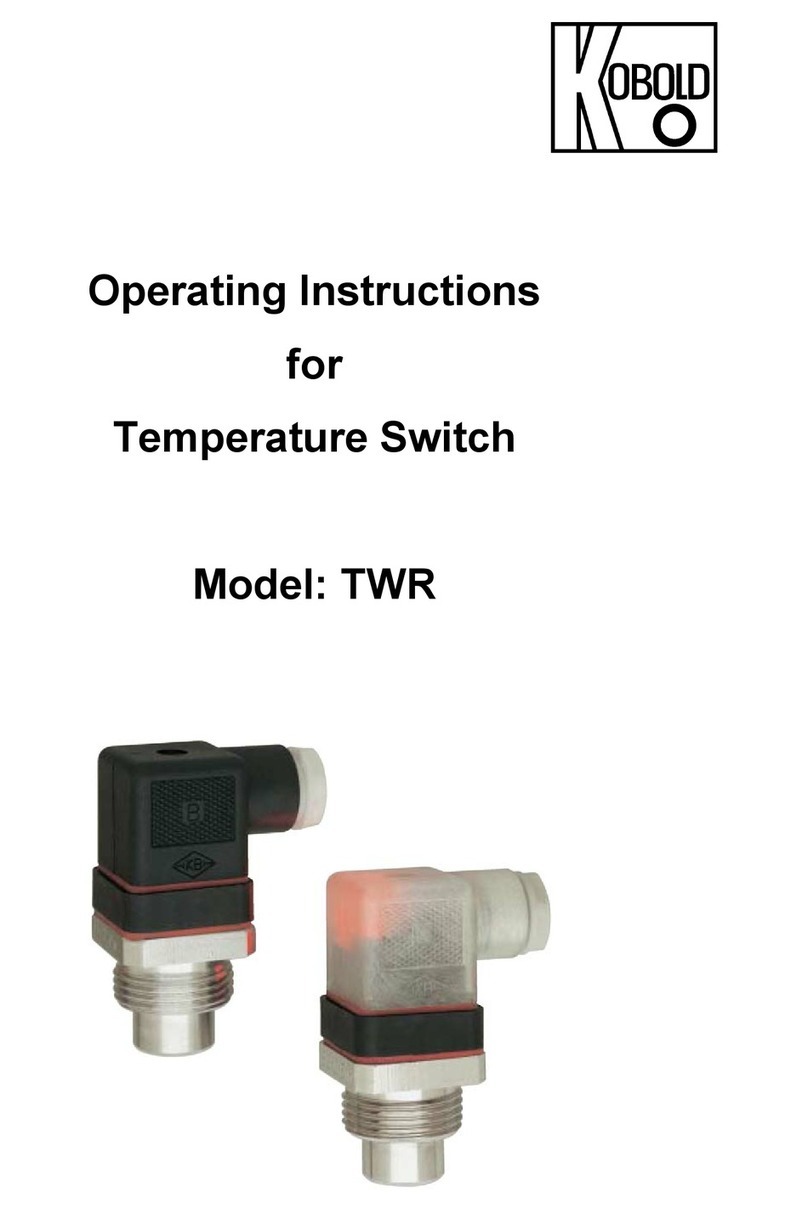
Kobold
Kobold TWR-1 Series User manual

Kobold
Kobold KAL-L User manual
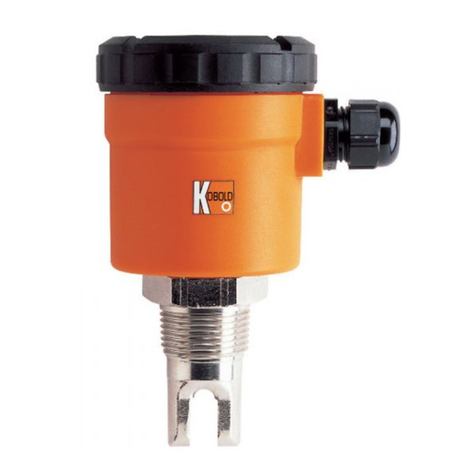
Kobold
Kobold NQ series Installation instructions
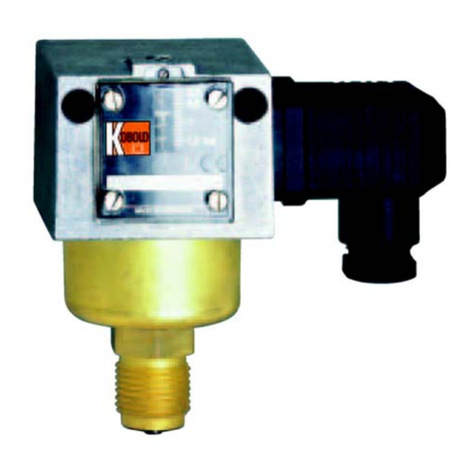
Kobold
Kobold SCH User manual
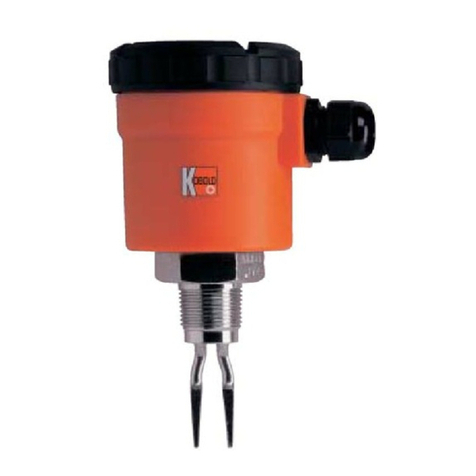
Kobold
Kobold NWS User manual
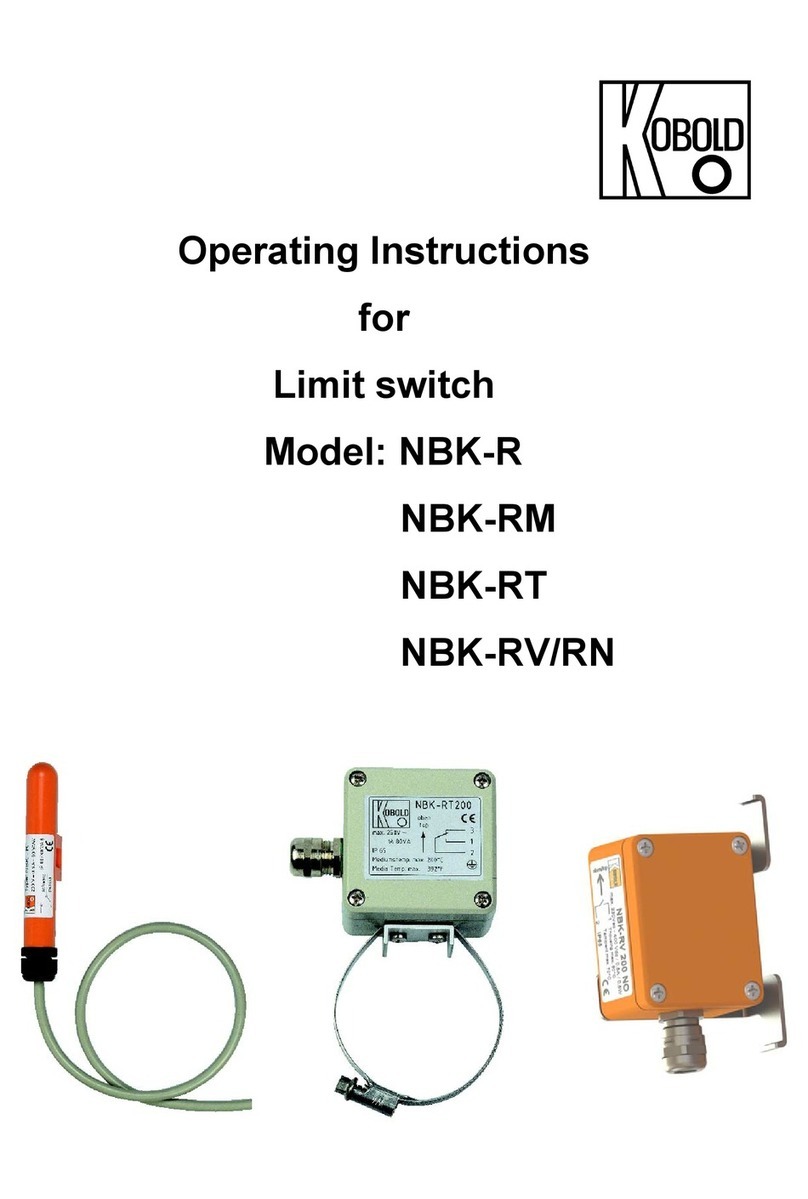
Kobold
Kobold NBK-R User manual
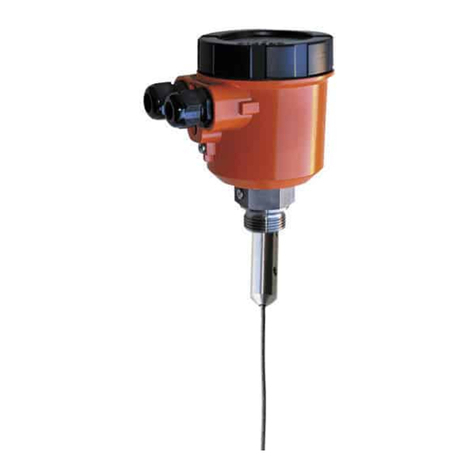
Kobold
Kobold NSV Series User manual
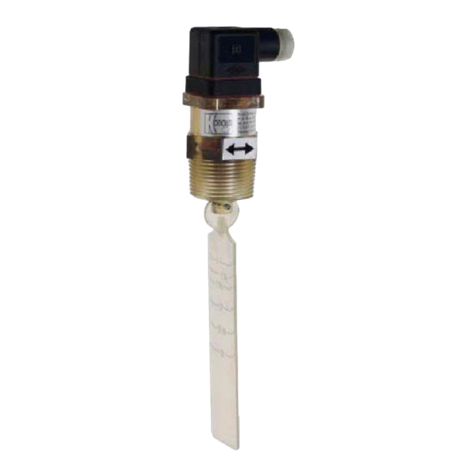
Kobold
Kobold PPS User manual
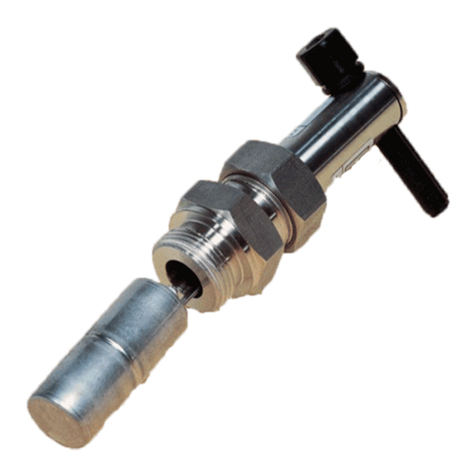
Kobold
Kobold NV Series User manual

Kobold
Kobold KAL-8115FL User manual
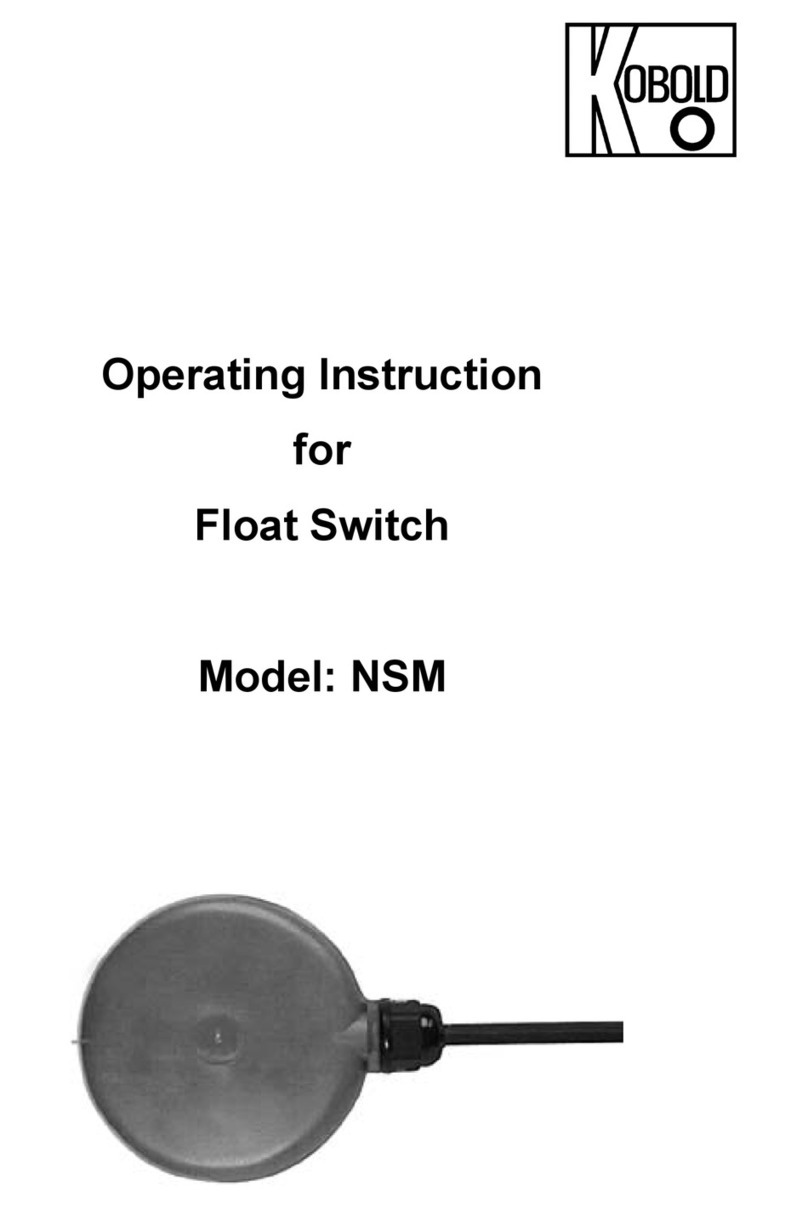
Kobold
Kobold NSM User manual
Popular Switch manuals by other brands

SMC Networks
SMC Networks SMC6224M Technical specifications

Aeotec
Aeotec ZWA003-S operating manual

TRENDnet
TRENDnet TK-209i Quick installation guide

Planet
Planet FGSW-2022VHP user manual

Avocent
Avocent AutoView 2000 AV2000BC AV2000BC Installer/user guide

Moxa Technologies
Moxa Technologies PT-7728 Series user manual

Intos Electronic
Intos Electronic inLine 35392I operating instructions

Cisco
Cisco Catalyst 3560-X-24T Technical specifications

Asante
Asante IntraCore IC3648 Specifications

Siemens
Siemens SIRIUS 3SE7310-1AE Series Original operating instructions

Edge-Core
Edge-Core DCS520 quick start guide

RGBLE
RGBLE S00203 user manual

